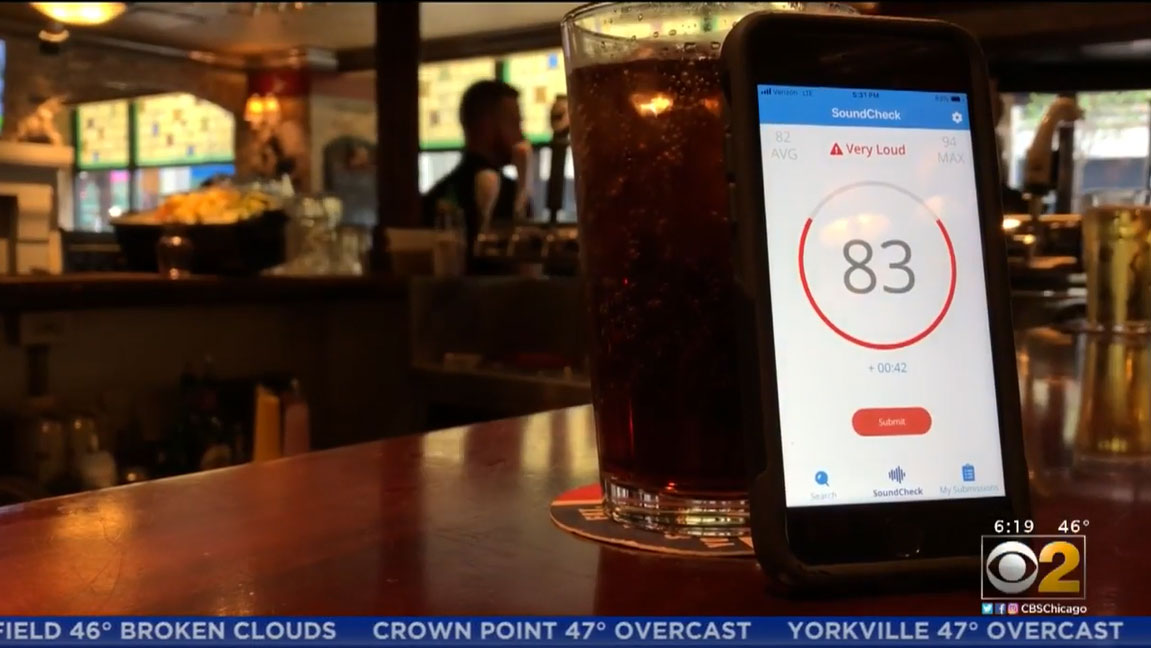Introduction

What does solutions journalism look like on television? It looks like good storytelling, with engaging characters and strong visuals. And it has other elements: details and data that provide evidence of how a response to a problem is working, as well as limitations to the approach.
A solutions frame can be applied to long-form investigative reports or shorter day-of-air stories. What’s required is a clear understanding that solutions journalism stories:
- Feature a response to a problem and how it works
- Provide evidence of results, looking at effectiveness and not just intentions
- Discuss limitations and avoid hype or fluff
Comparisons are often central to solutions stories. In many cases, a problem faced in one community or neighborhood has been addressed by another. Sharing outcomes and lessons learned can empower viewers to take action or help them hold those in power accountable for not acting.
This section includes examples of solutions-based stories from multiple local television stations. You’ll find links to more in the case studies.

